Imagine if a group of scientists could correct one of the most well-known genetic conditions, Down syndrome, at its root. Well, a team of Japanese researchers has taken a very promising first step in that direction. They have succeeded, in a laboratory setting, in eliminating the extra copy of chromosome 21, which is the direct cause of this condition.
What is Down syndrome?
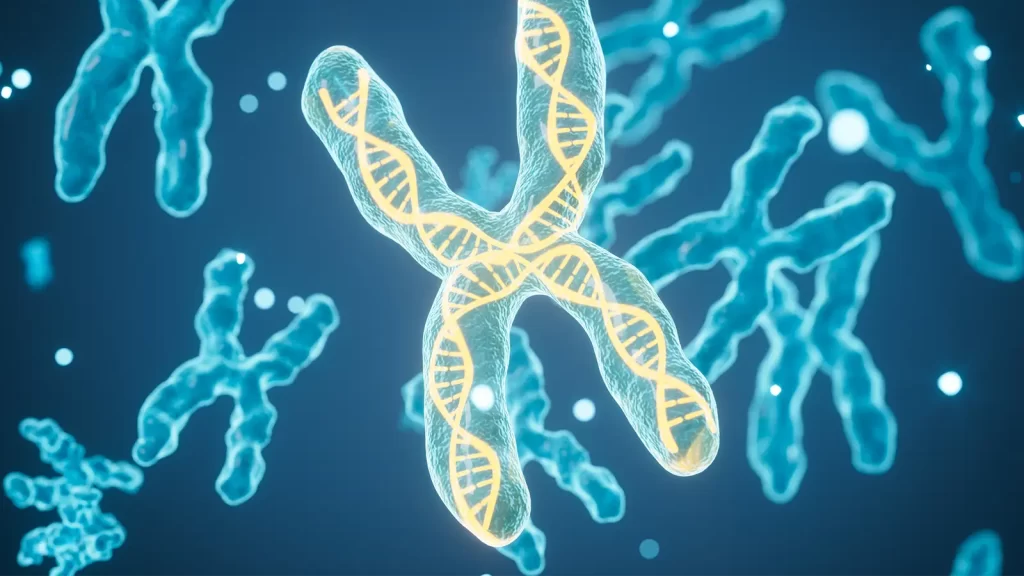
Down syndrome is a genetic disorder that occurs when there are three copies of chromosome 21, instead of the usual two. This is known as trisomy 21. This difference in genetic makeup affects the physical, cognitive, and emotional development of those who have it. It occurs in approximately 1 in 700 births.
People with Down syndrome may have particular physical characteristics, heart problems, learning difficulties, and other medical conditions that can vary from case to case. Although there is no definitive cure, advances in medicine and education have significantly improved the quality of life for those who have it.
A technique that breaks with convention
This scientific breakthrough comes from CRISPR-Cas9 gene editing, a tool that has revolutionized biotechnology over the last decade. This technique allows DNA to be “edited” as if it were text, correcting errors or removing unwanted parts.
In this case, scientists developed a strategy to identify one of the three copies of chromosome 21 and carefully destroy it without affecting the other two copies (which should be present). To achieve this, they used more than 50 different CRISPR tools targeting specific sequences of the extra chromosome. The idea is to break it into pieces until the cell can no longer maintain it and it disappears.
What type of cells were tested?
The experiment was conducted with induced pluripotent stem cells (iPSCs), which were extracted from skin cells of a person with Down syndrome. These cells have the ability to become almost any type of cell in the body, making them ideal for studies like this.
The technique was also tested on other types of cells, including some that were no longer dividing, and in all cases, a reduction in trisomy was observed. The cells that managed to get rid of the extra chromosome showed less cellular stress and better viability, indicating that they could function more healthily.
What’s next?

Although the progress is impressive, we are still a long way from being able to apply this technique in humans. For now, it only works on cells grown in the laboratory. There is still a lot of work to be done before we can even think about applying this to embryos, animals, or people.
In addition, scientists must ensure that the process is safe and accurate, as any error could affect healthy chromosomes and cause significant damage.
What does this discovery mean?
Beyond removing a chromosome, this work opens up a whole new avenue for genetic research. Not only does it offer hope for addressing Down syndrome at its source, but it could also inspire similar studies in other conditions caused by chromosomal abnormalities, such as other trisomies.
However, the breakthrough also raises important ethical questions. Should we modify the DNA of a human embryo? What impact would this have on society and on people with Down syndrome today? Many specialists point out that Down syndrome is not a disease that needs to be “cured,” but rather a different way of life, and that inclusion and respect are just as important as any scientific advance.
In summary
Although this research is still in its early stages, it marks a milestone in the history of genetics. For the first time, the chromosome that causes Down syndrome has been selectively removed from cultured human cells. While there is still a long way to go, this breakthrough invites us to dream of new ways to understand, treat, and even prevent certain genetic conditions in the future.







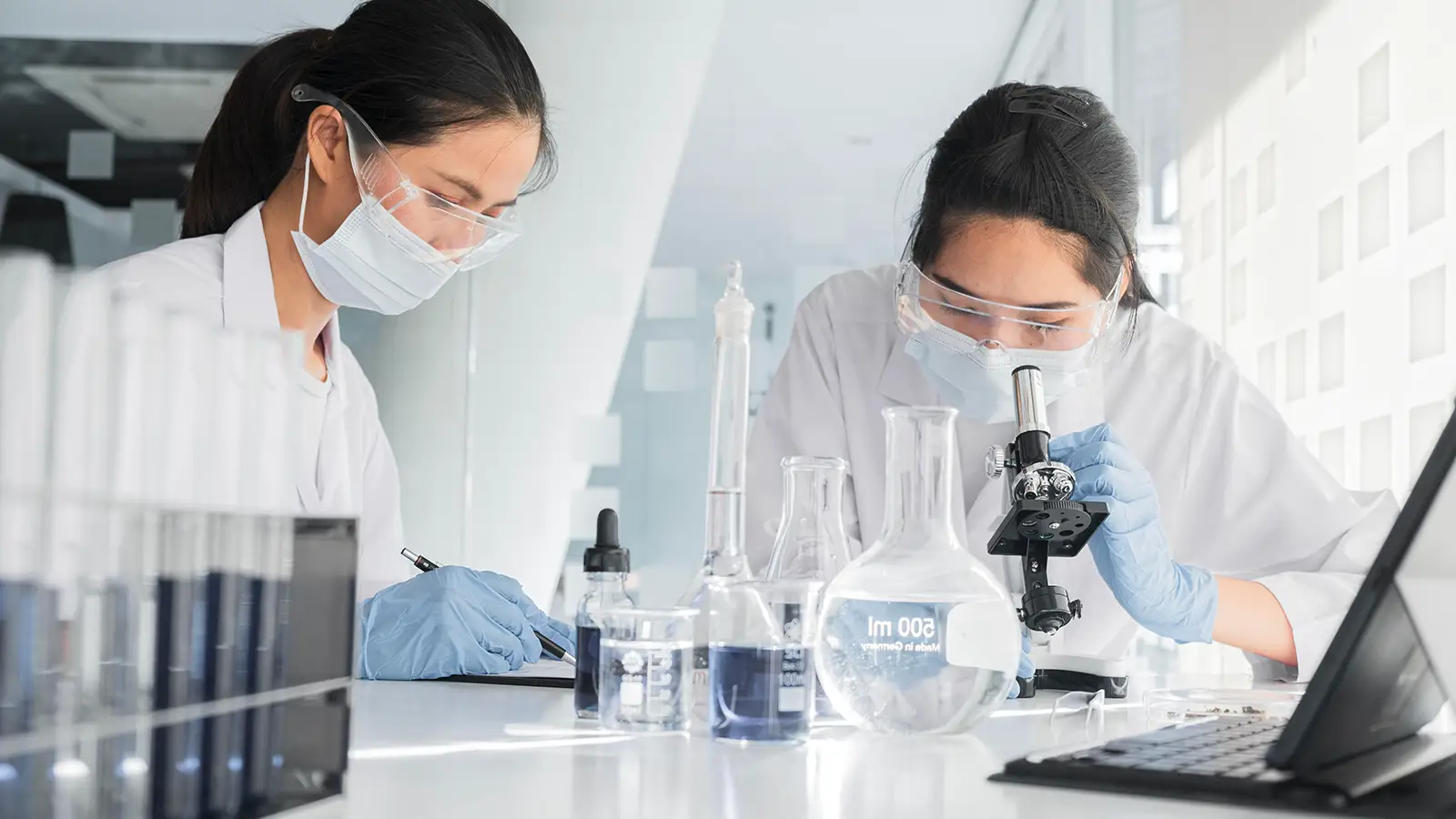










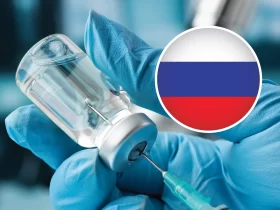














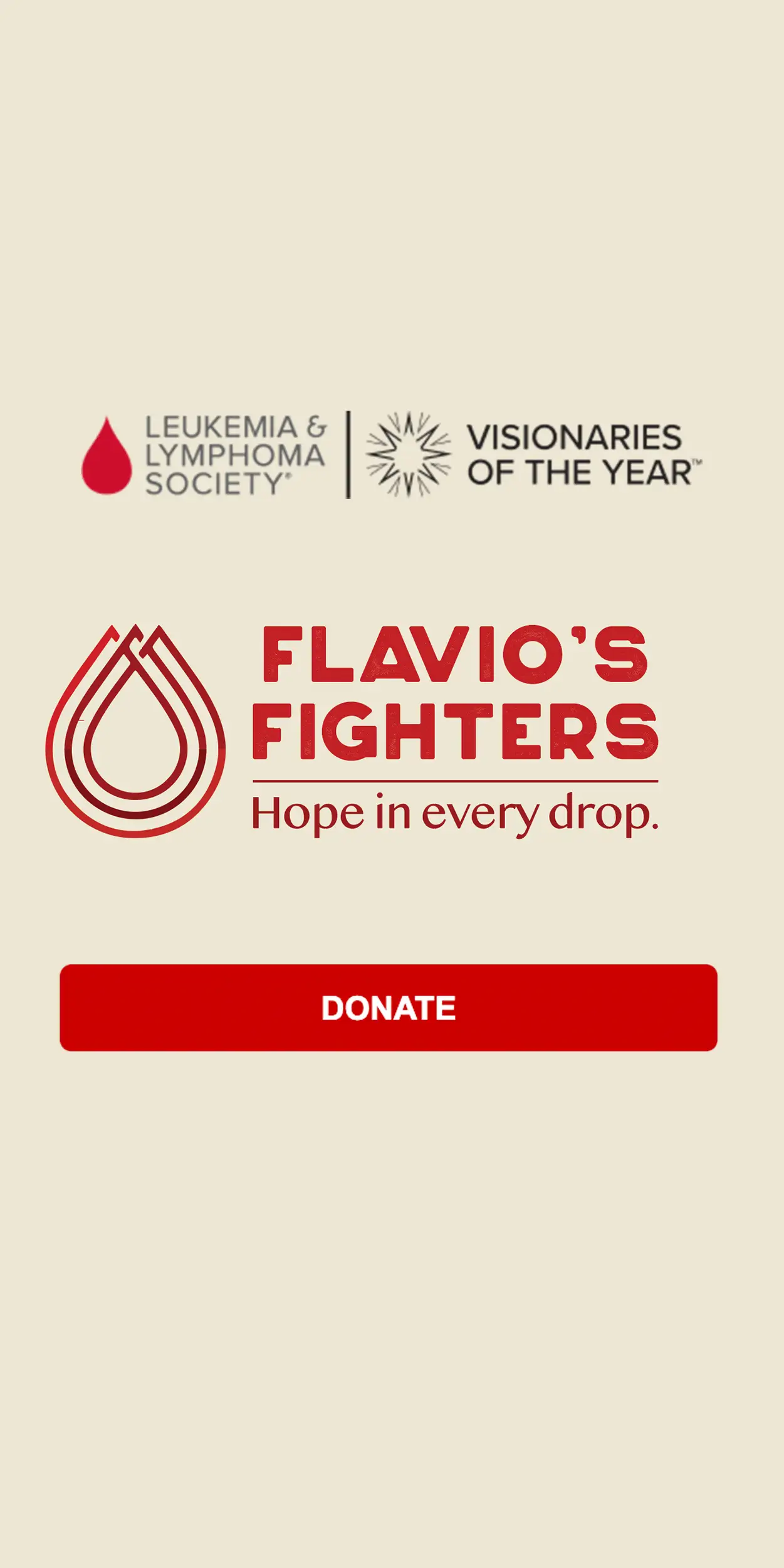


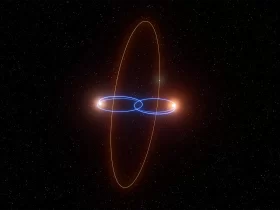

Leave a Reply